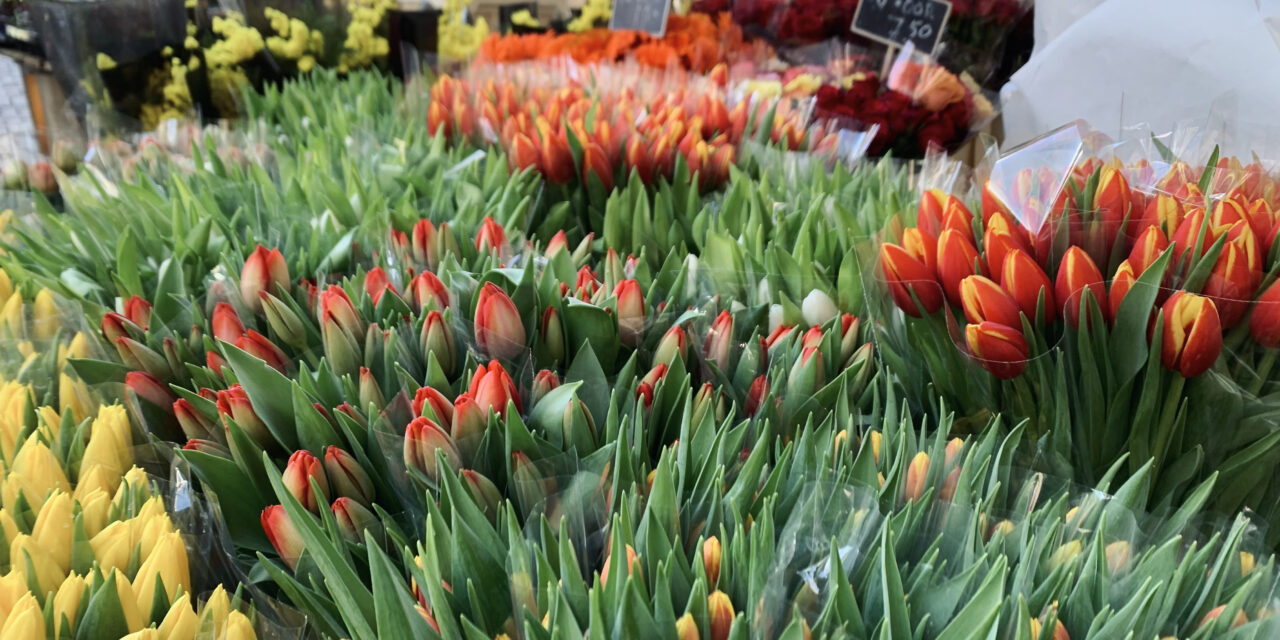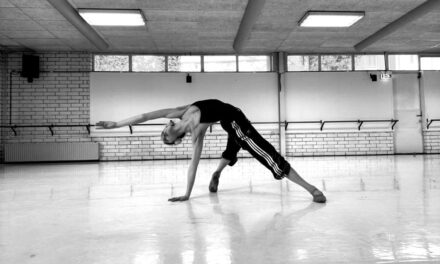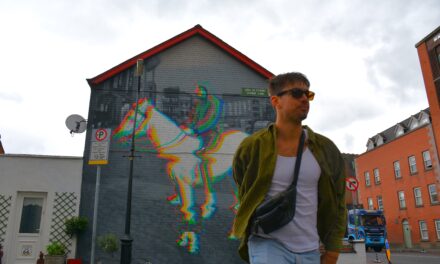Frits de Dreu, an expert in Urban Development, explains how the flower’s market is still a part of Dutch streets 400 years after its arrival and a process of cultural globalization.
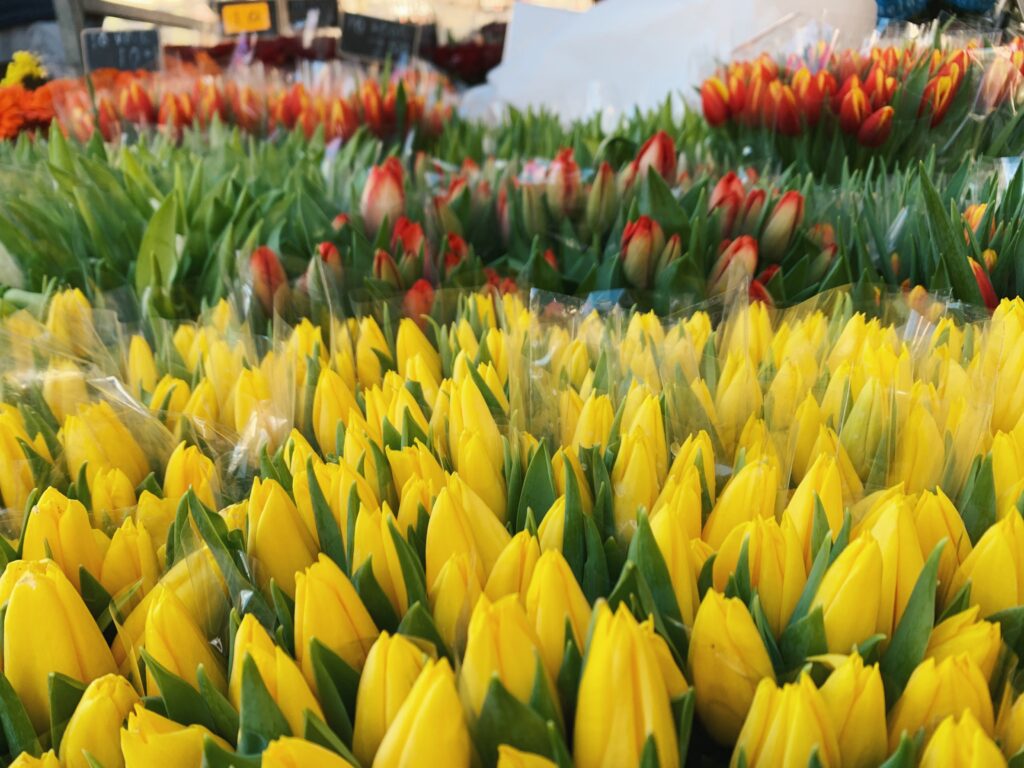
Since tulips arrived in Holland from Turkey in the 17th Century, they became an expensive currency, which represented richness and exoticism.
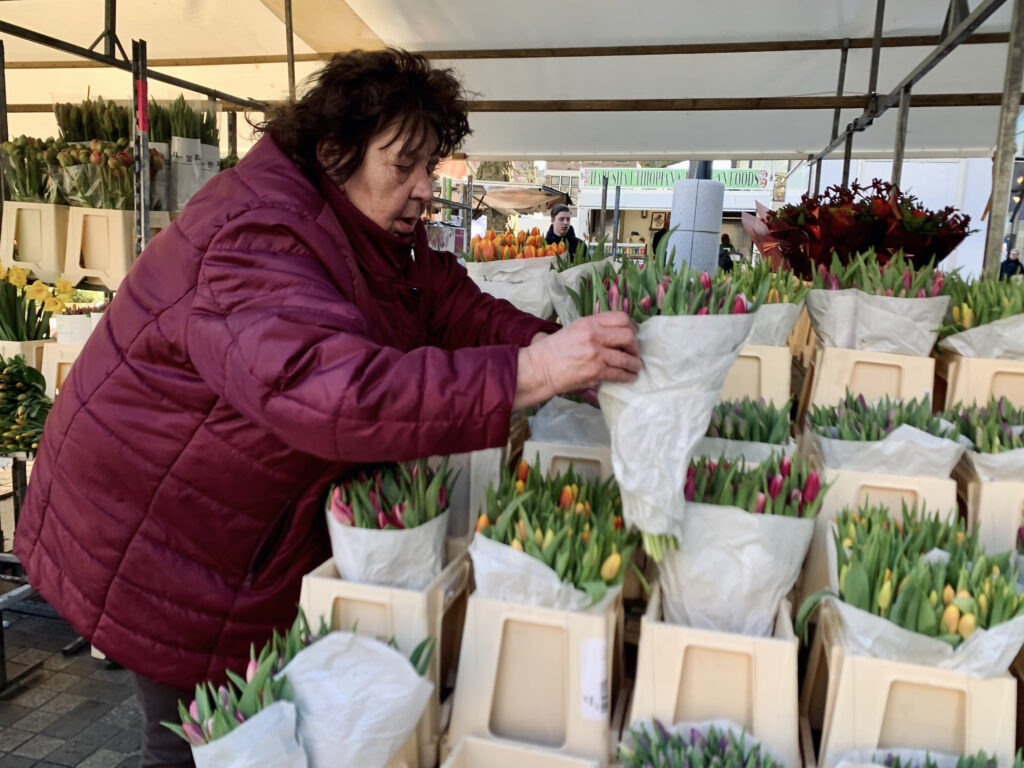
The Netherlands was impregnated by a wave of nationalism and a prosperous economy in the 19th At this very moment, the meaning of tulips turned commercial, “the idea of beauty in the Dutch Golden Age,” Frits relates.
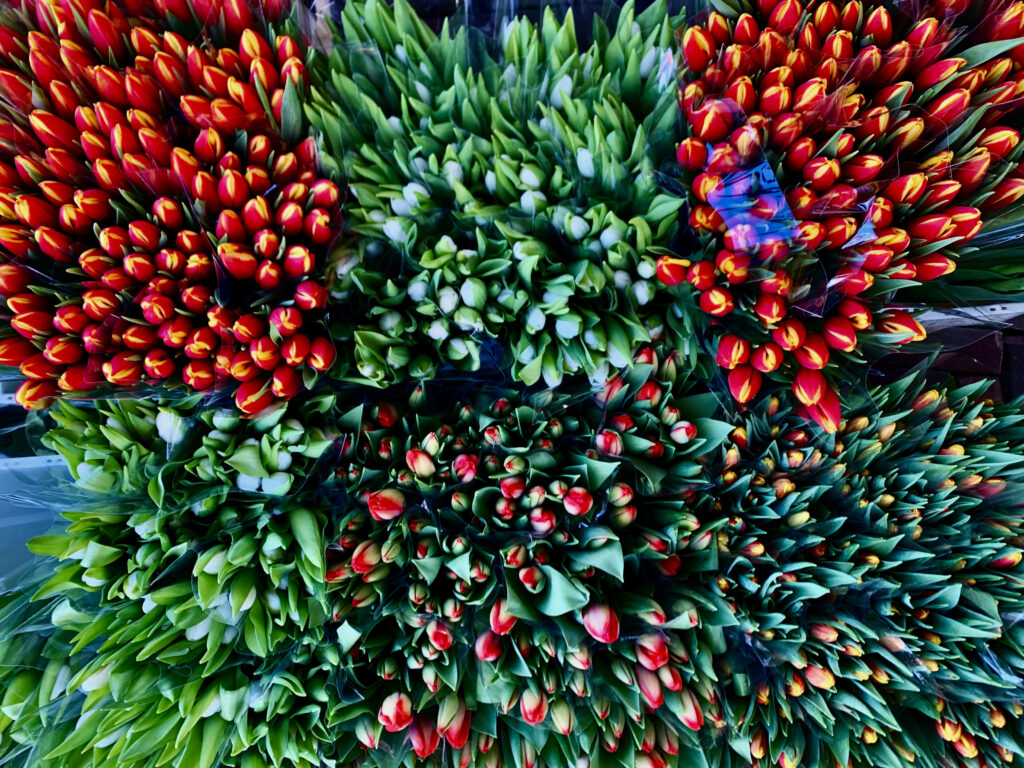
As soon as the 20th Century reached, tulips, milk and cheese were appreciated as the products which were building a rich country. From then on, these goods started to represent the country internationally.
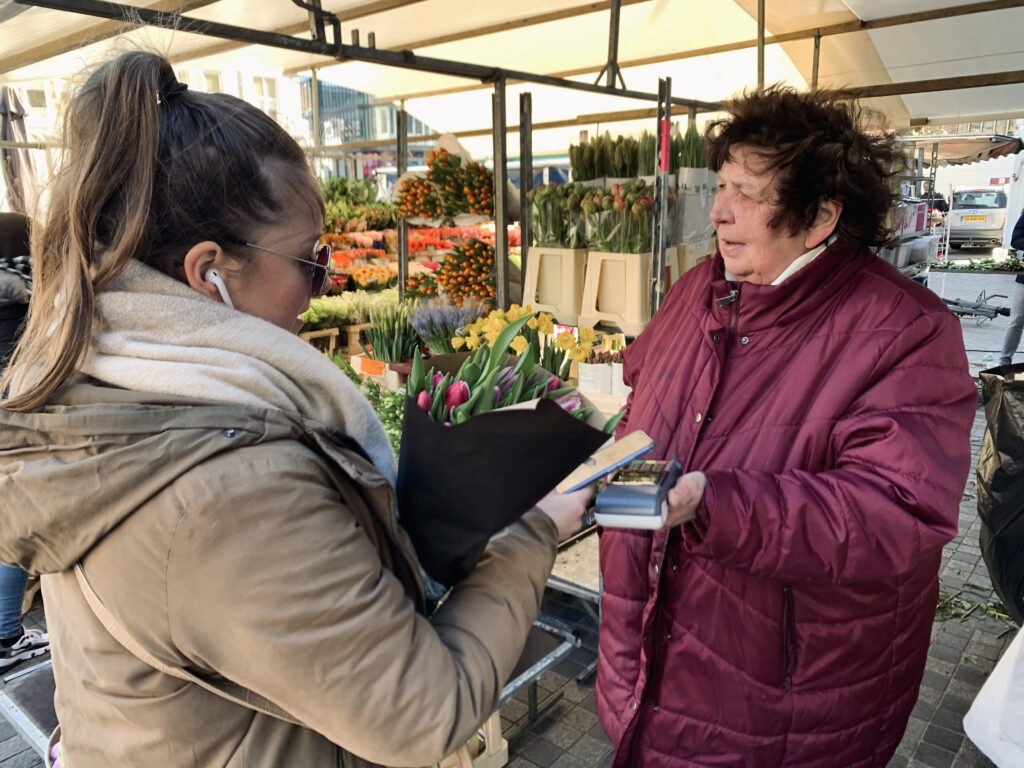
And it is no longer just tulips, currently, it is all kinds of flowers. The quantity of sold flowers generates 800 million euros in the best months of the year.
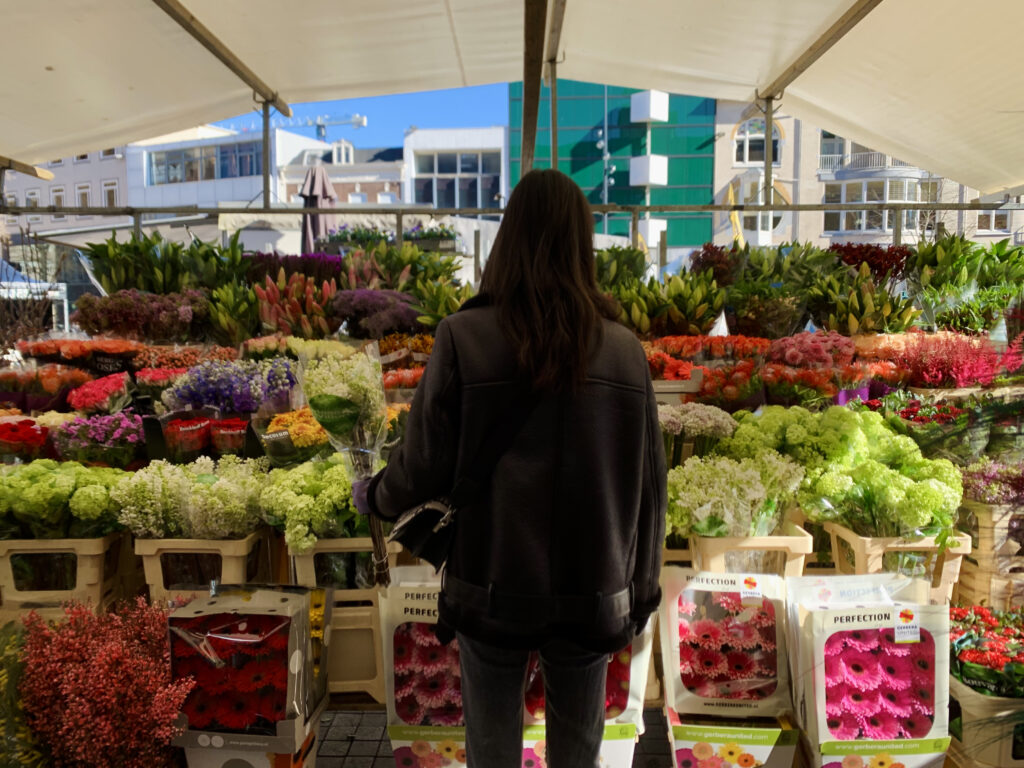
Nowadays, Dutch people give flowers on special occasions, to make others feeling comfortable. “And it is our lifestyle, due to our cultural background and our huge production. Flowers are a symbol of love and hospitality.”
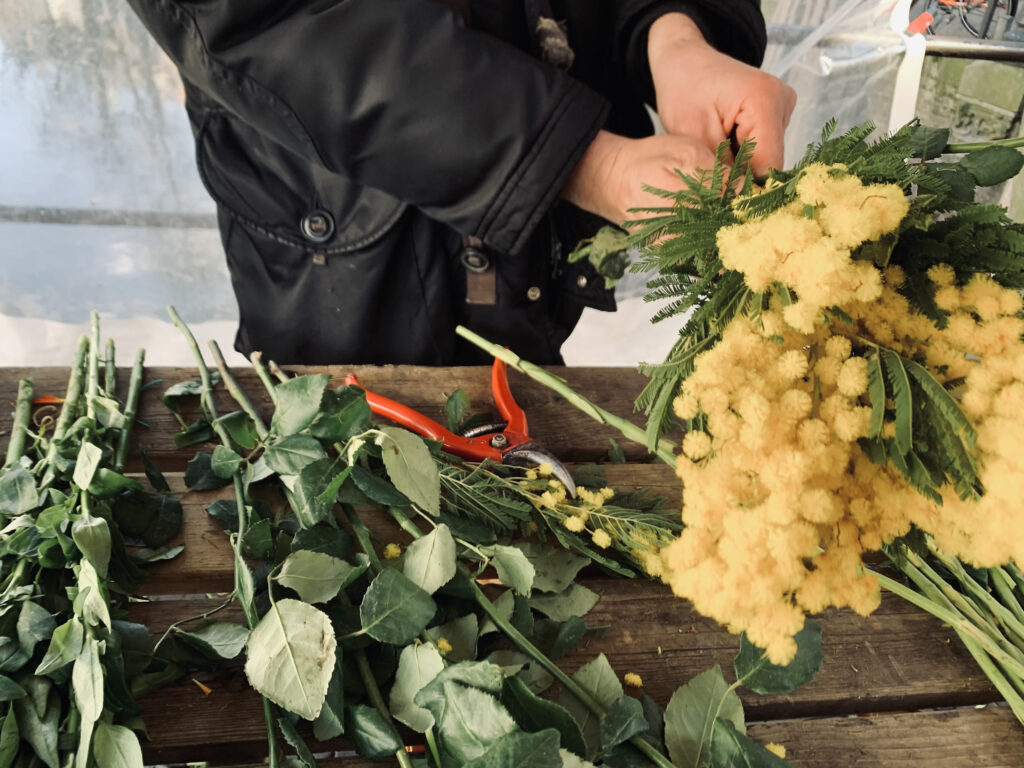
The Dutch economy was seriously damaged at the beginning of the pandemic. Between 70 to 80% of the flowers produced were destroyed because floriculturists couldn’t sell abroad.
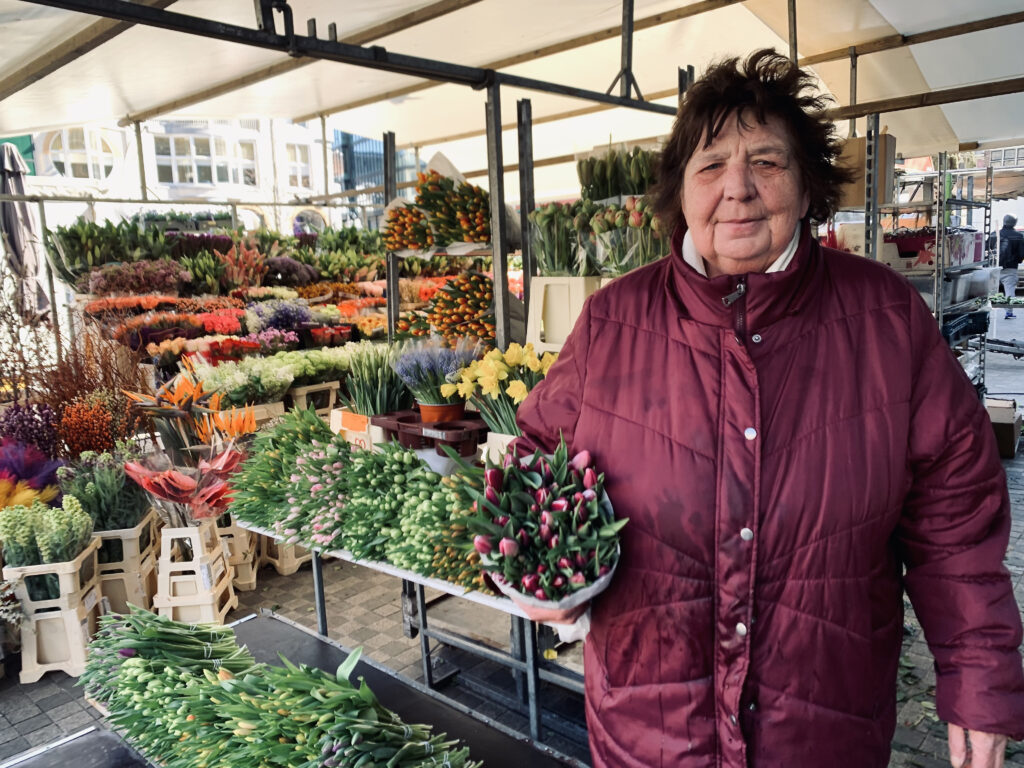
However, we can see more people buying flowers in Dutch villages than usual: the local business is growing. On one hand, street stands have a large number of flowers to sell. On the other hand, citizens are spending much time at home and they need flowers to make the stay pleasant.

Flowers are also a part of graduations. “They are so integrated into the society that we find them at every decisive moment in our lives.”
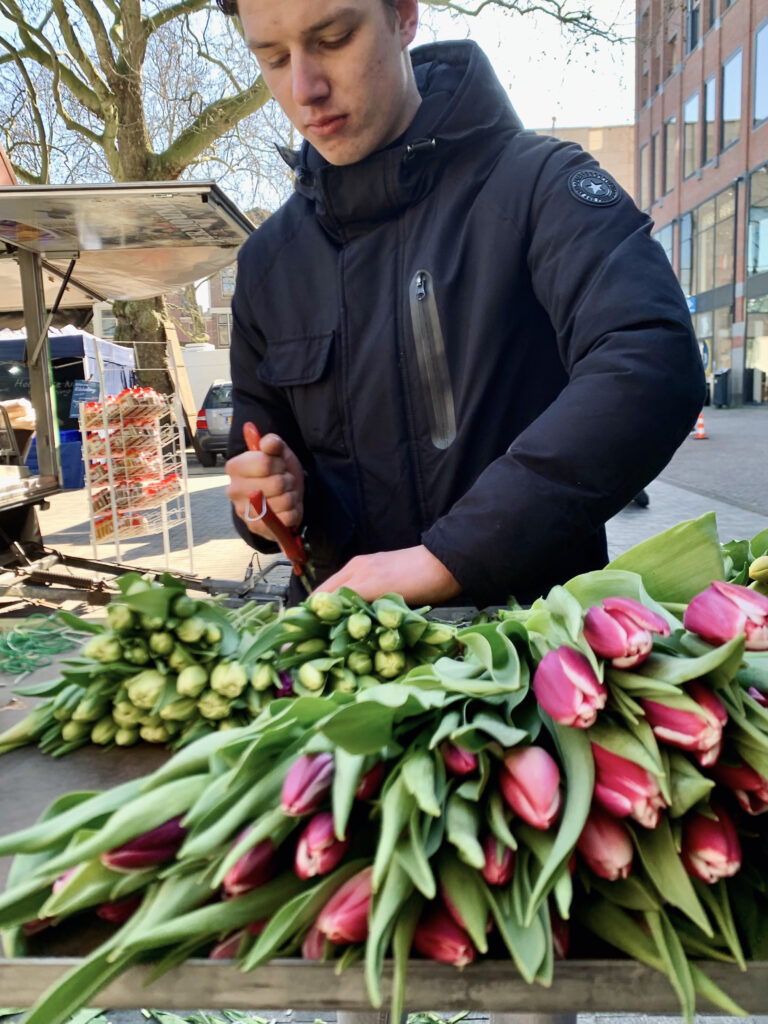
Young people aspire to work in this field as flower design, business, or family tradition. The youth is so aware of this tradition that investing in this market is an option for them.
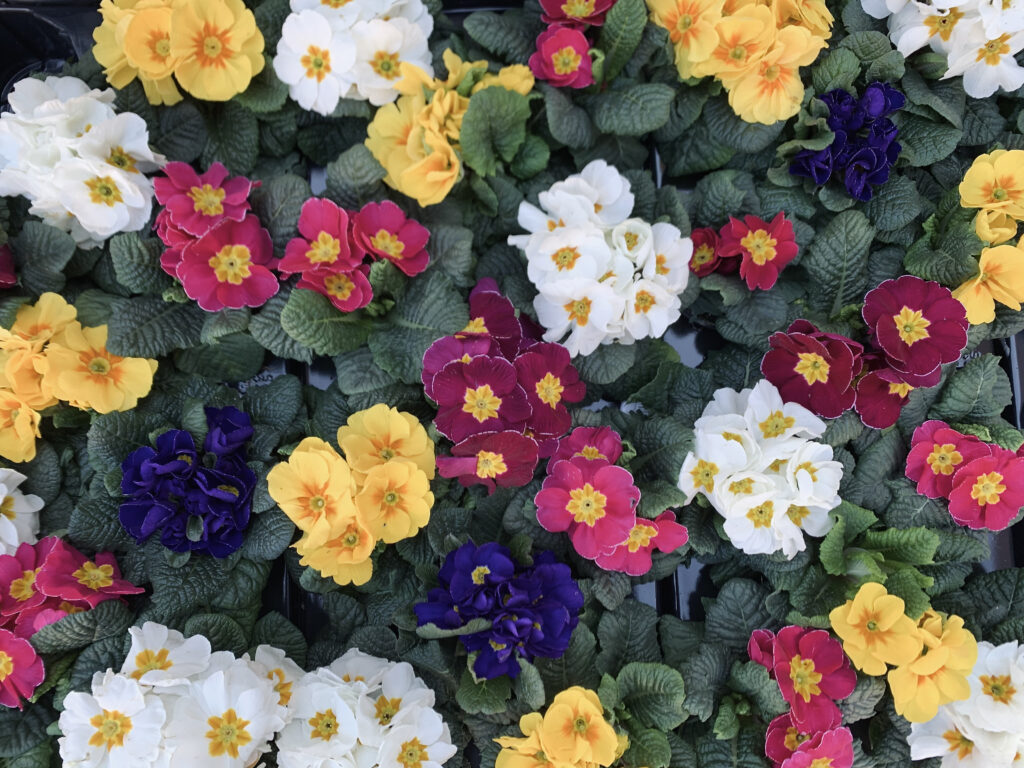
More than a social component, the cultural heritage of flowers is a lifestyle.
All the pictures are made by María Ferradas Calzada.
